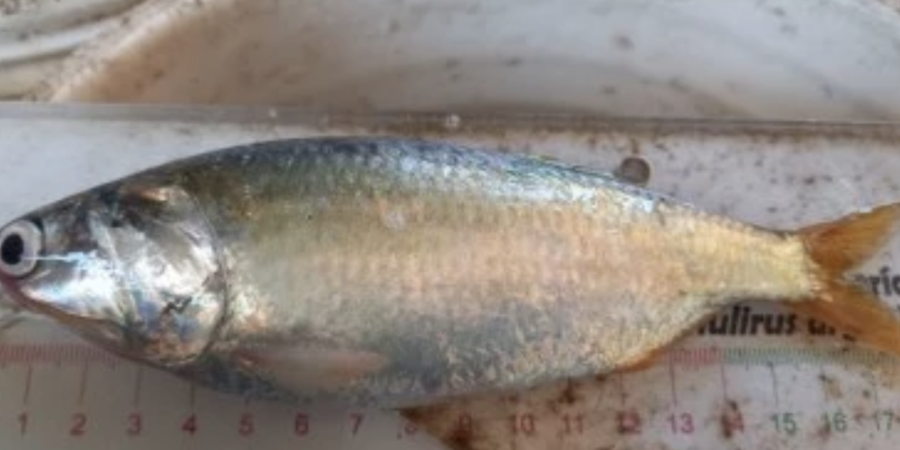Panama carries out a hydroacoustic prospecting on its coasts with the aim of estimating the amount of biomass in the marine areas of the country, which will determine the maximum admissible catch and ensure an adequate balance between the extraction and conservation of these species, such as anchovy and herring.
The study was carried out in collaboration with a technical team from Peru, non-governmental organizations and companies specialized in small pelagic fishing.
Sources from the Aquatic Resources Authority (ARAP) explained that this initiative uses advanced technologies identifying the presence of species such as anchovy, herring and orqueta, used in the production of fish oil and flour.
The biologist Katiusca Dixon, assigned to the hydroacoustic prospecting of small pelagics in the Aquatic Resources Authority of Panama (ARAP), has assured that the main objective of this work is to perform biometrics of size, weight and sex of the species, as well as gonadal scale, to update the information on the biology of these fish in Panama.
Once the hydroacoustic prospecting is completed, the data collected is used to prepare a technical report that determines the opening of the small pelagic fishing season, which usually takes place between the end of March and the beginning of April. Dixon explained that the Directorate of Research and Development of the ARAP is responsible for locating the species and detecting their highest concentration, mainly in the Gulf of Panama, where they inhabit shallow coastal waters.
The hydroacoustic prospecting trip, which can last between eight and ten days, allows you to identify cardumens and take samples for validation, subsequent biometrics and analysis of the species. This process is essential to estimate the maximum admissible catch and ensure an adequate balance between the extraction and conservation of these species.
In 2022, small pelagic fisheries in Panama reached 67,175 metric tons, while in 2023 there was an increase, closing the season with 84,201 metric tons captured.
